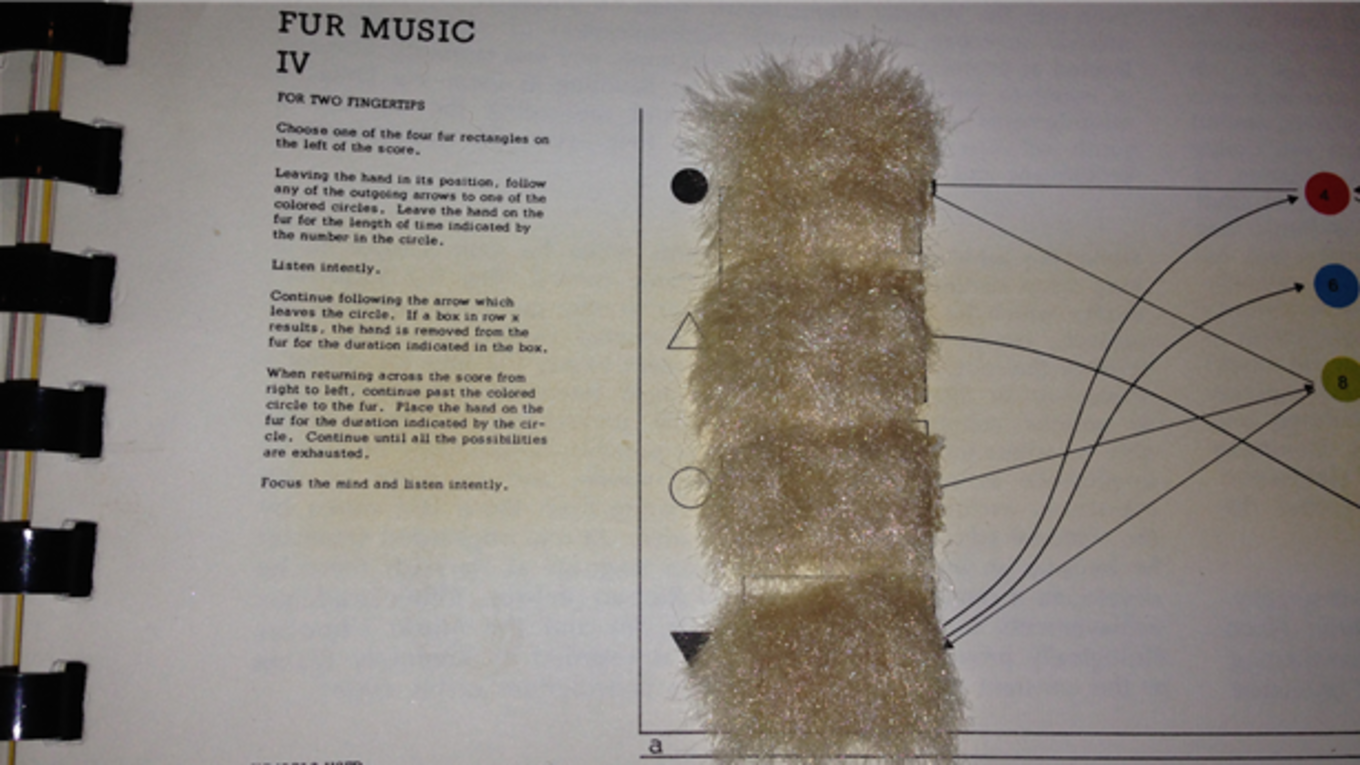Classical music isn't all stoic Austrians in tuxes. Sometimes, it reaches Captain Beefheart levels of bonkers.
The gallery above features 11 of the craziest classical compositions in history. Admittedly, the 20th and 21st centuries dominate the list. It's been an insane 114 years, after all. But classical music has had a distinct current of barely-contained crazy running through it for centuries now.
Evidently, there are only so many elegant string quartets and magisterial symphonies that a civilization can handle before something really nutty happens.
1. John Cage: Imaginary Landscape No. 4
Any list like this has to start with John Cage. His Imaginary Landscapes are a series of deeply unpredictable pieces for various electronic bits and bobs.
This fourth one is for 12 radios, each controlled by two players. One controls the frequency, and the other handles the amplitude. The result is usually a lengthy collage of speech, random snippets of music and a whole lot of static.
2. Peter Tiefenbach: 'Chansons de mon placard'
Canadian composer Peter Tiefenbach has some very important things to tell you about the stuff he's got in his cupboard. So, he's arranged for a soprano to sing to you about it in French.
3. György Ligeti: Poème symphonique
Step one: set 100 metronomes to a bunch of different tempos. Step two: wind 'em up. Step three: start them all at exactly the same time. When they've all run out of juice, the music's over. Dutch Television had plans to broadcast the premiere of Poème symphonique, but when they heard about what the piece entailed, they pulled out and put on a soccer game instead.
(Source: Ligeti, Music-Making Machines)
4. Leroy Anderson: The Typewriter
Here's a name you might not have expected on this list: Leroy Anderson, composer of Sleigh Ride, and purveyor of the finest orchestral trifles in America. But, the idea of a concerto for typewriter is almost Cage-worthy. And, the fact that Anderson executes that idea with his usual tunefulness just makes it all the more delightful.
5. Erik Satie: Vexations
Some time around 1893, Erik Satie was vexed about something. So, at the top of the score of this deeply strange piece for piano, he wrote: "In order to play the theme 840 times in succession, it would be advisable to prepare oneself beforehand, and in the deepest silence, by serious immobilities."
Note that Satie didn't specifically say you have to play the theme 840 times in succession. He just tells you what you'll need to do to prepare, should you choose to undertake such a task. That didn't stop John Cage and various cronies from taking Satie at face value and mounting a performance of the piece that lasted more than 18 hours.
(Source)
6. Brad Walton: The Loves of Wayne Gretzky
Back in opera's embryonic days, when Monteverdi was the biggest thing in contemporary music, heroes were the proper subject for an opera: characters from antiquity, like Orpheus and Theseus. Fitting, then, that Brad Walton's Wayne Gretzky opera should be a deliberate throwback to the 17th century.
View a video here.
7. Conlon Nancarrow: Study No. 21 for Player Piano
Nancarrow had no patience for the technical limitations of human pianists. So, he composed a pretty impressive set of studies for player piano, which would all be completely impossible for any human to perform. This one might be the coolest of all. You can both listen and watch as the "right hand" part gets gradually slower and slower while the "left hand" speeds up.
8. Baude Cordier: 'Tout par compas'
Yeah, the name kind of says it all. This is a French chanson from the late 14th century, and it's literally written in a circle. The words of the chanson ("With a compass I was composed") double as instructions on how you would actually go about singing it.
9. Nelson Howe: Fur Music
Just because that last score wasn't crazy enough. Fur Music presents you with a number of pieces of fake fur, and offers incredibly specific instructions on how to stroke it. The sensations you feel as you follow those instructions are the "music." I think this one wins.

10. J.S. Bach: Canon per tonos
Yes, Bach.
In 1747, Bach published a collection of contrapuntal bonbons called The Musical Offering. One of the many weird and wondrous pieces in that collection is a canon that can theoretically go on forever, modulating through all of the different minor keys and getting progressively higher and higher until the end of time. We can safely assume that this is the only work by Bach that nobody will ever play through to the end.
Check out this video for a more in-depth explanation of the piece, and a performance that does eventually stop.
11. Karlheinz Stockhausen: Der Kleine Harlekin
Just watch the video.

